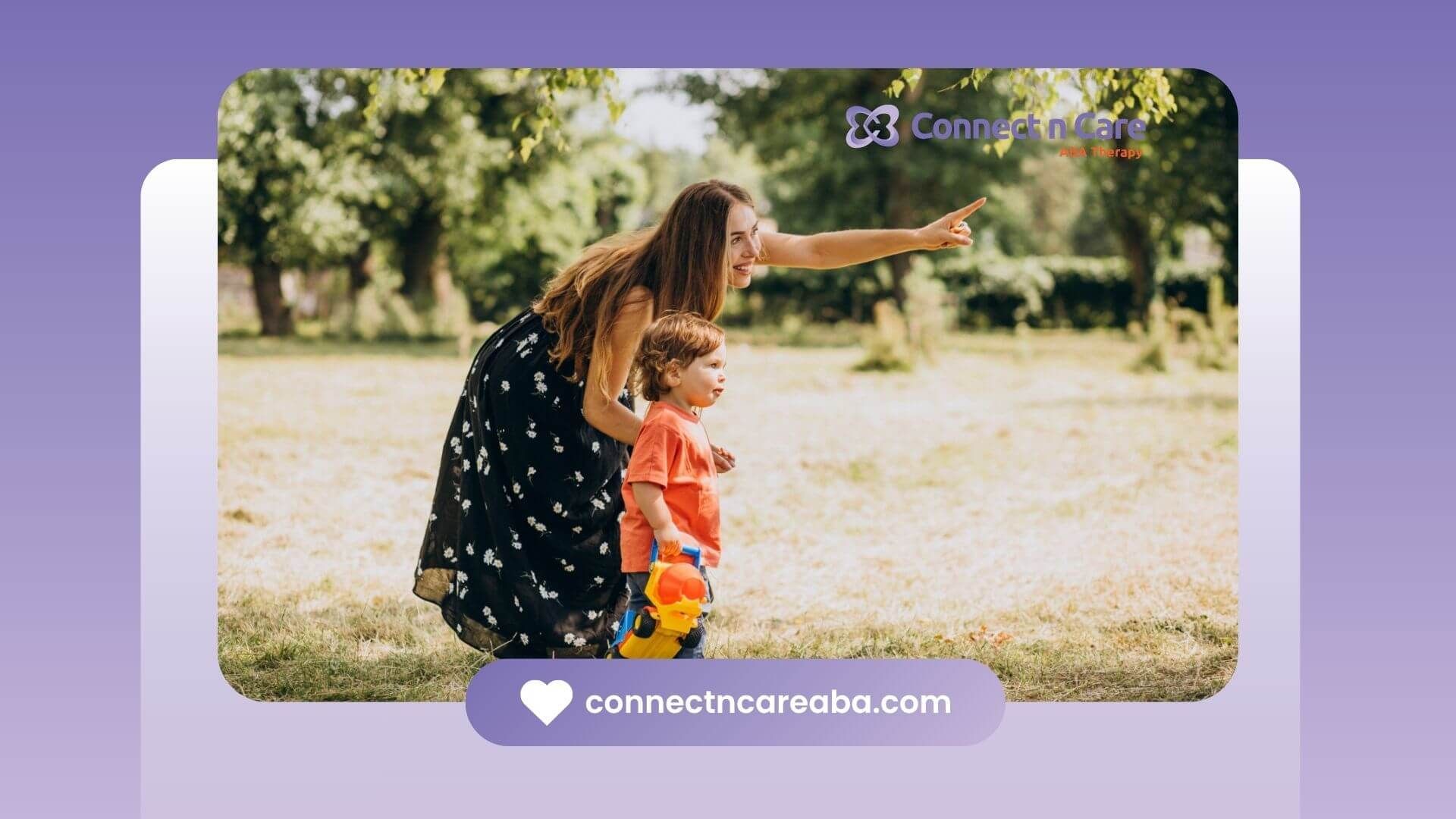Worried about whether your autistic child will speak? You're not alone. While every child develops differently, there are encouraging signs that suggest verbal speech may develop over time.
Here’s a quick look at what to watch for—and what it might mean.
1. Your Child Is Using Nonverbal Communication
Even if they aren’t speaking yet, autistic children who make eye contact, point, gesture, or pull you toward something they want are showing clear signs of communication intent. These early behaviors are often stepping stones to spoken language.
2. They React to Sounds or Their Name
If your child turns when you call their name, smiles at familiar voices, or responds to music, they’re showing awareness of the world around them—another positive indicator for language development.
3. They Imitate or Echo Sounds
Repeating sounds, words, or even intonations (known as echolalia) is common in autistic children. While it may seem repetitive, it’s actually a strong sign that your child is processing and experimenting with language.
4. They Show Interest in Others
If your child enjoys being around people, seeks interaction, or watches others closely, this social curiosity can be a sign they’re working toward more expressive forms of communication, including talking.
Every Child Communicates in Their Own Way
Verbal speech is just one way of communicating. But when children show engagement, sound awareness, and a desire to connect, it often means speech is within reach.
At Connect N Care ABA, we specialize in helping children in North Carolina reach their fullest communication potential. Whether your child is speaking or still finding their voice, our personalized autism services support every step of the journey. Let’s talk about how we can help.









